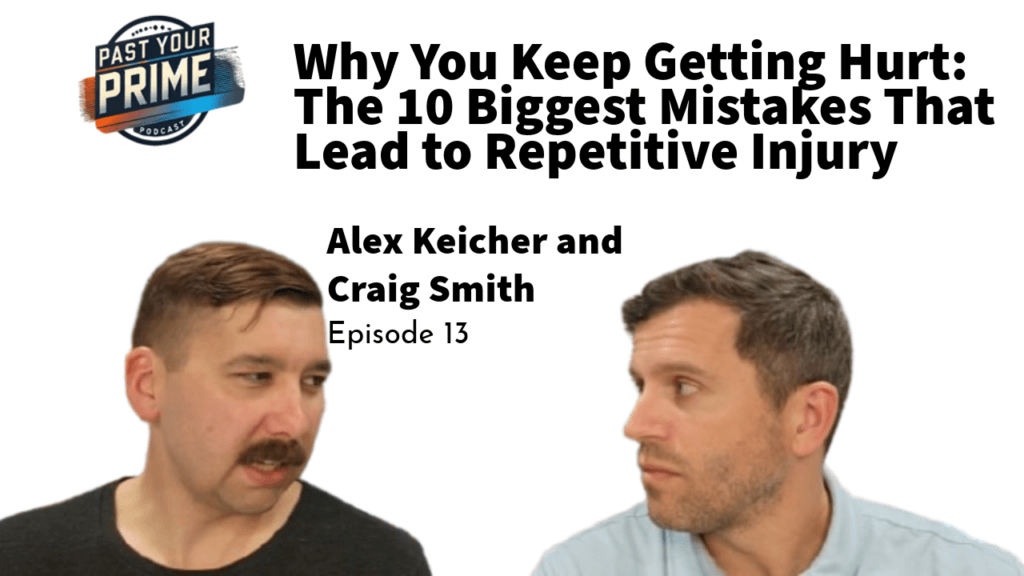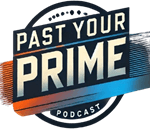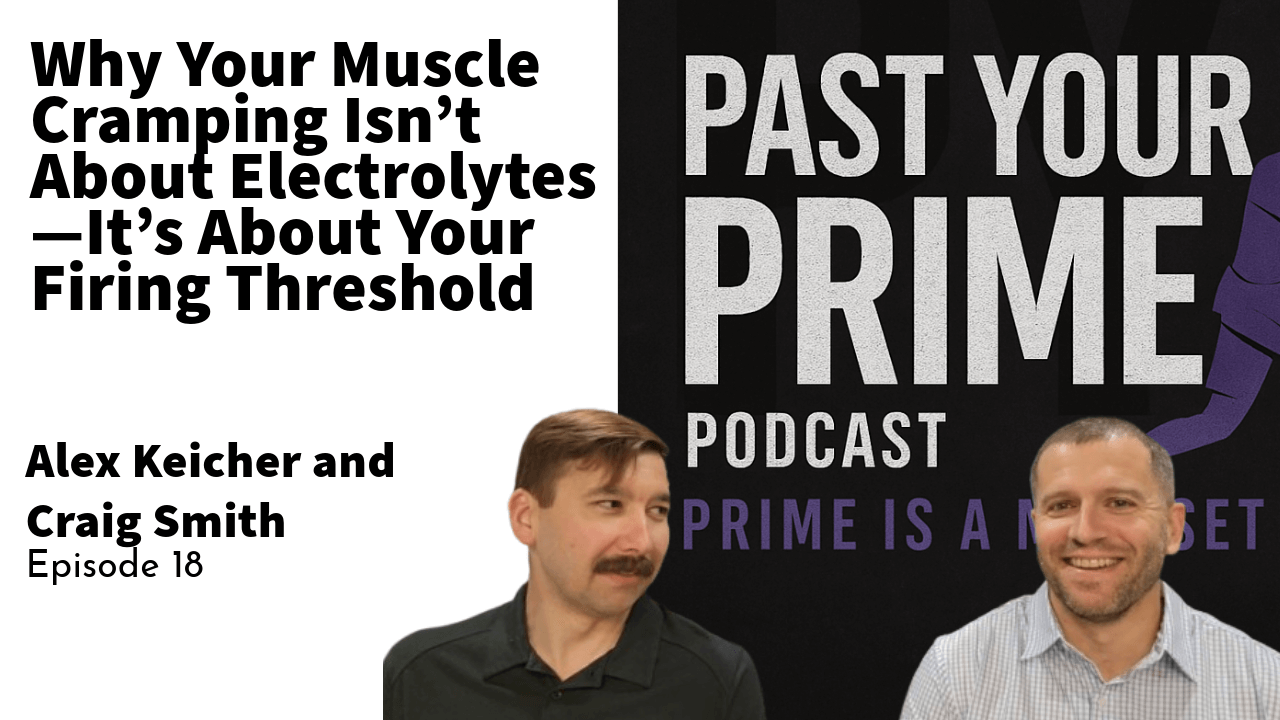Past Your Prime – Episode 13
Episode Summary:
In Episode 13 of Past Your Prime, Craig and Alex dive deep into the top 10 mistakes that lead people to a repetitive injury. From pushing too hard too soon to giving up your home plan as soon as the pain fades, this episode covers the biggest traps that keep athletes, exercisers, and weekend warriors stuck in the injury cycle.
Alex shares his firsthand account after returning to volleyball for a five-set match—serving an ace and feeling great… until his wrist reminded him that tissue doesn’t heal just because you want it to. Craig walks through why these relapses happen and how most people—especially those with a long training history—overestimate what their body is truly ready for.
Watch the Full Episode:
The 10 Mistakes That Lead to Repetitive Injury
- Overestimating Tissue Capacity
Just because pain is down doesn’t mean your tissue is ready. There’s a difference between what you can do and what your body can tolerate. If you’ve had a solid training background, this mistake is even more likely—you’ll feel fine doing something that silently pushes your tissues too far. Alex learned this the hard way when he returned to upper body training just days after his wrist was flaring. - Poor Feedback Loops
A feedback loop is a quick, repeatable test that tells you whether you’re helping or hurting your injury. As symptoms fade, people often stop using these. That’s a mistake. Craig and Alex discuss how finding the right key sign—like grip strength or wrist extension—helps you track your rehab even after the worst pain is gone. - Training Too Hard, Too Soon
One of the most common errors. As soon as you feel a little better, you want to get back to your usual weights, reps, or sports. But tissues take longer to truly adapt. Craig explains why most people need 6+ weeks to rebuild true tissue tolerance—even if things feel “normal” after just a few good days. - Impatience in Returning to Normal Training
Whether it’s a deadline, a competition, or peer pressure from your gym buddies, people often try to resume full training before they’re ready. Group training settings like CrossFit or team sports can make this worse. Craig shares tips for using the group as accountability for not overdoing it. - Misinterpreting Flare-Ups as Setbacks
A flare-up doesn’t mean you ruined everything. But the emotional response to pain can cause panic, especially if things were going well. Alex talks about how his last wrist flare-up felt like a total setback—even though he recovered in a few days. Craig explains how to know the difference and why flare-ups can actually teach you what to avoid. - Stopping Exercise Instead of Modifying It
When people flare up, they often stop everything. That’s rarely the right call. Instead, modify. Keep moving. Alex reflects on how he used to stop all upper body work completely but now knows how to scale it to stay active while healing. - Avoiding Certain Movements Due to Fear
Fear of re-injury, especially after a painful event, leads people to avoid key movements. This can be especially true for the back, knees, and shoulders. Craig explains kinesiophobia and why “owning” a movement (like reaching, squatting, or gripping) is essential to full recovery. - Volume Creep Leading to Overload
You feel good, so you start doing more—more steps, more sets, more games. Suddenly, you’re in pain again, with no clear reason. Craig calls this volume creep. Without tracking, you’ll miss it. The feedback loop helps you connect the dots before a flare turns into a full injury. - Lack of Motivation for the Home Plan
Home plans work—but only if you do them. As pain fades, people stop. The therapeutic benefit fades with it. Alex talks about how his wrist routine got too long, which led him to skip days. Craig emphasizes trimming it down to the essentials so it’s sustainable long term. - Ignoring Contributing Factors
Most injuries aren’t isolated. Weakness in one area, poor movement patterns, or even how you sit at your desk can influence symptoms. Craig breaks this into four categories: local tissue health, regional mechanics, nervous system modulation, and specific movement triggers. Understanding these helps you build a more complete recovery strategy.
Key Takeaways:
- Understand where your tissue capacity really is, not where you wish it was.
- Use key signs and feedback loops to guide your training decisions.
- Modify, don’t quit. Stay active, but in the right ways.
- Rehab is a phase-based process, not a light switch.
- Respect the process, and your body will reward you with years of uninterrupted training.

“Most people overestimate what their body can handle because they underestimate what healing actually takes.”
— Craig Smith, Past Your Prime Episode 13
Join the Conversation
Have a knee issue or want your case featured in a future Comments Section? Drop a comment on YouTube or ASK A QUESTION.
Follow us on Instagram:
Craig Smith | Alex Keicher


